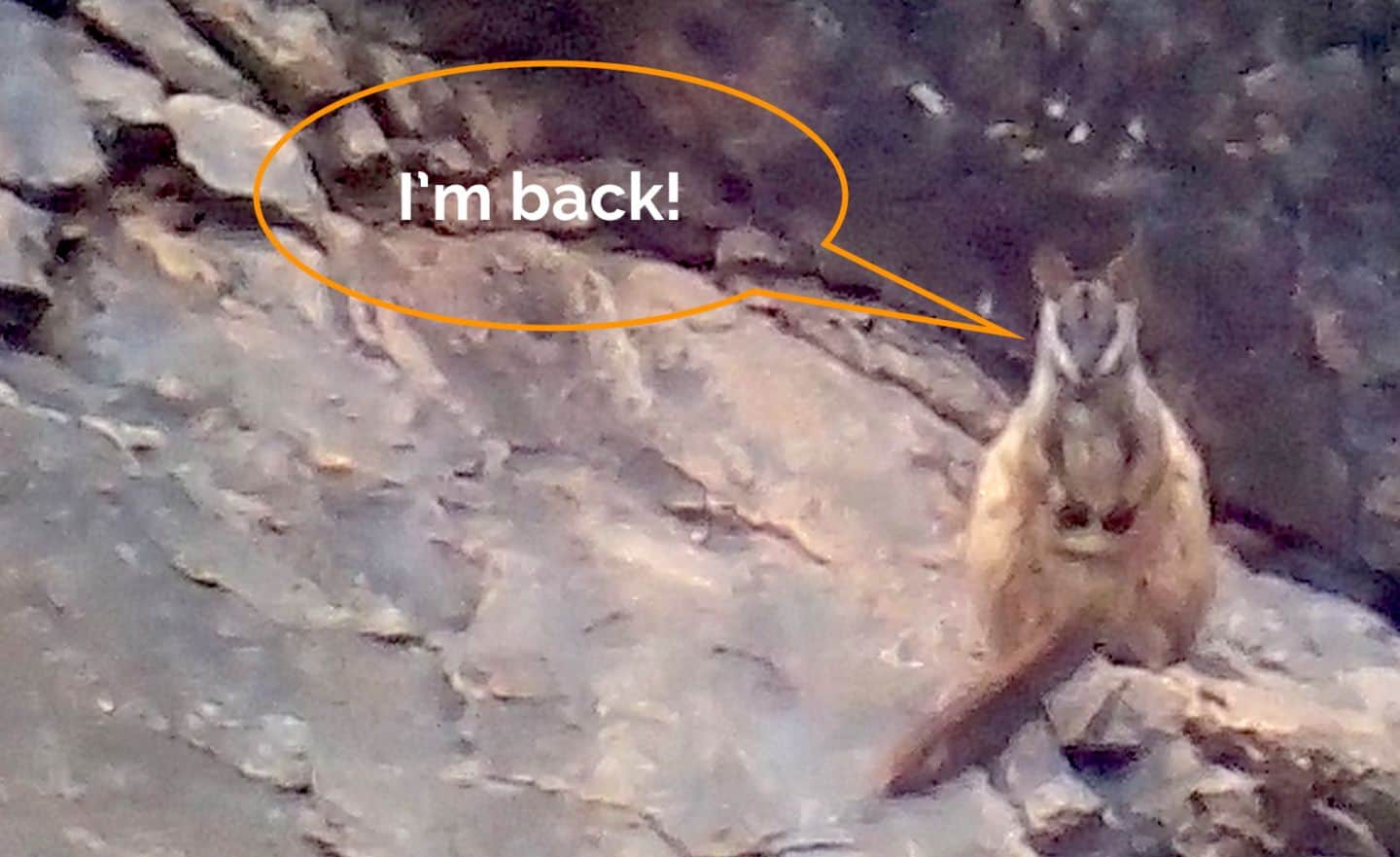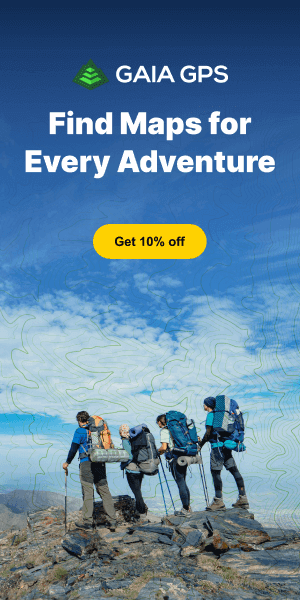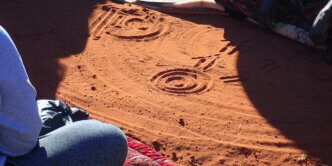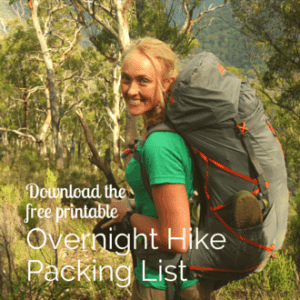Great stories of survival are the bread and butter of the adventure publishing industry. Over-used phrases like, ‘against all odds’ or ‘on death’s door’ and ‘triumph of the human spirit’, decorate the stories of people like James Scott (the Mars Bar guy), Joe Simpson (the ‘cut-the-rope’ guy) and Aron Ralston (the ‘cut-his-arm-off’ guy).
Their stories trace the hero’s journey and inspire us when things look grim.
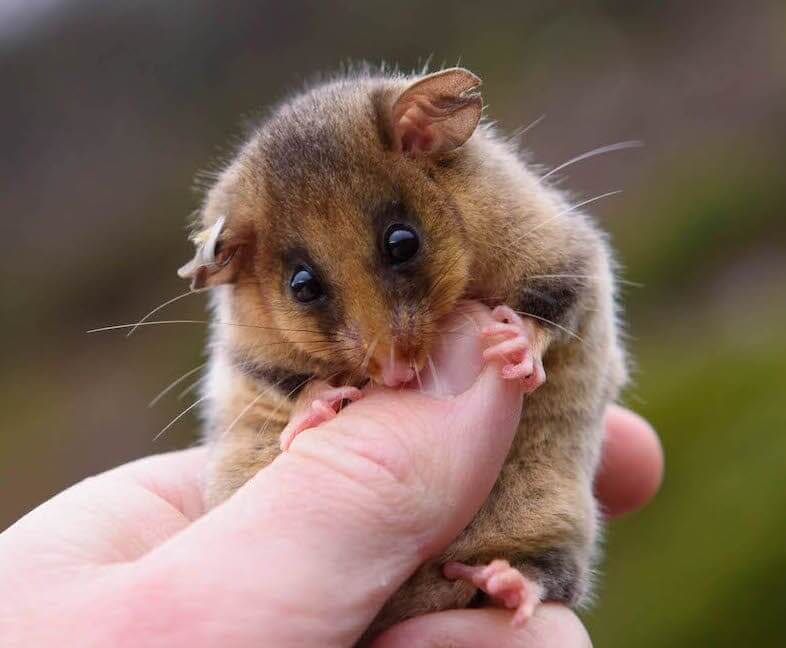
It can be a daily battle to remain optimistic and keep the black dog of ecological grief and climate anxiety in check, especially when bushfires, pandemics and other events unfold before us.
But I believe, apart from taking action and maintaining strong community ties, one of the best ways to lift our spirits is to return to story. To look back and remind ourselves of times when all has looked lost and beyond hope, to then discover a story of redemption and belief.
The story of the planet’s oldest living small mammal (and the only one that lives in alpine areas above the treeline), the Mountain Pygmy Possum (Burramys parvus – meaning: small rock mouse), is such a tale.
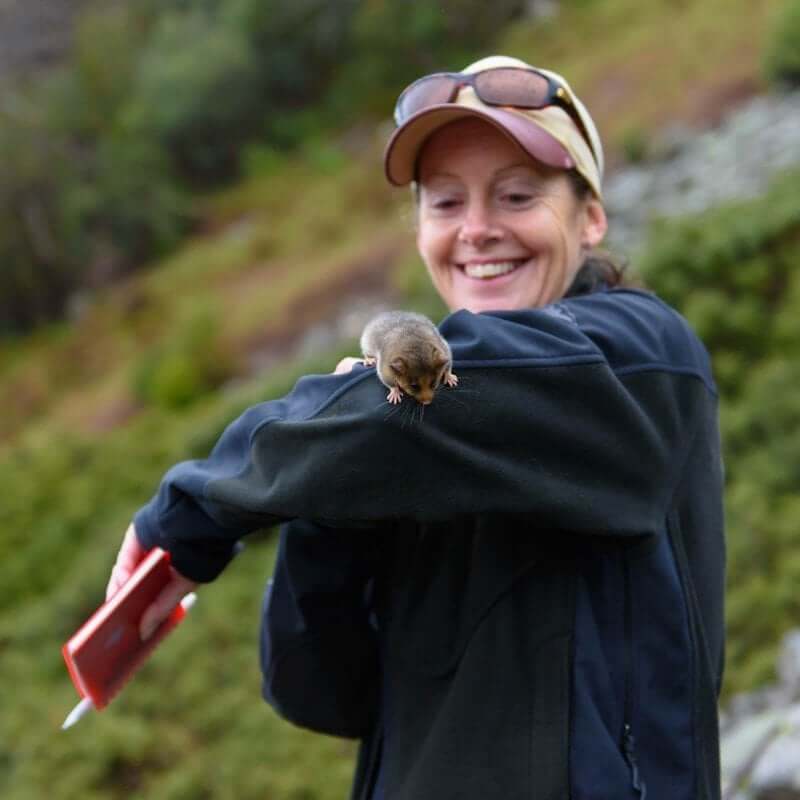
Louise (Lou) Perrin is in charge of environmental services at the Mt Buller/Stirling ski resort and has been part of their survival story since 2004.
These tiny (and adorably cute) possums were first discovered on Mt Buller in 1996 when the number of monitored possums was around 100. By 2006, the number recorded in spring had dropped to 6. Surely, everything seemed beyond hope.

The species recovery project was started in 2004 and over the years, they’ve focused on 3 key areas:
1. Genetic Rescue
How on earth do you go about building up a population when you only have 6 females left? Whilst some scientists may disagree, the team from Mt Buller decided that one of the best chances of survival was to cross-breed with Pygmy Possums from Mt Hotham, who had different genetics.
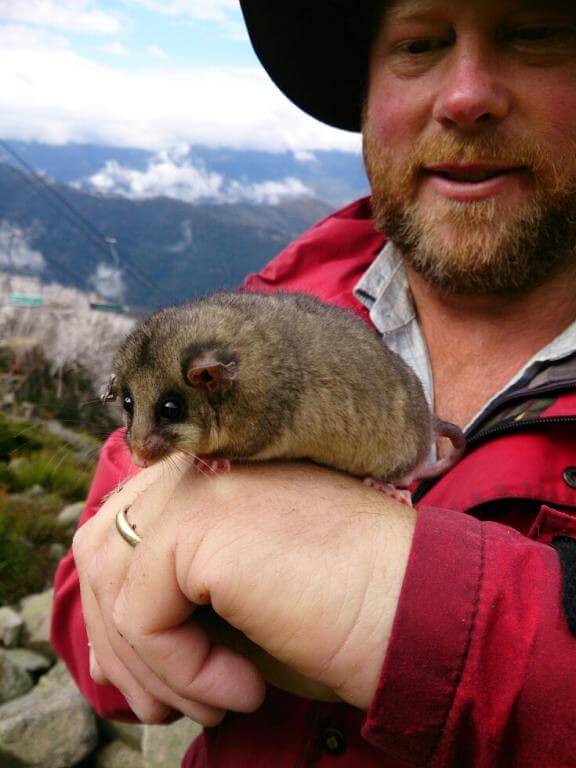
In a highly novel strategy, the summer of 2010 saw the matriarchal possum population of Buller, ‘swipe right’ on a handful of males from Hotham. In doing so, they hoped to create a hybrid species of robust juveniles which would signal to the team that they might be onto something. Building from that initial success, 2011 saw 6 Hotham males head for a month of hot dates at Buller. The results showed that about half the possum babies were hybrids and encouragingly, were 15% heavier than the original. Things were looking up.
This concept of looking further afield for potential mates might seem like a no-brainer to a non-scientist (it did to me), but this type of project had never been done in Australia before. In fact, it was only the second time anywhere in the world that Genetic Rescue had been done and earned the team a shortlist for the Eureka Prize.
2. Habitat
Increasing the possum numbers was only the start. Without addressing the causes of loss of population in the first place, their efforts would have been pointless.
Mountain Pygmy Possums live in basalt boulder fields. If you’ve spent time walking in alpine areas of the Snowy Mountains or Alpine National Park in Victoria, you’d be familiar with these sites. They are often boulder-filled gullies. The females (who rule the roost) live higher up the field and send the boys further down the field. However, they all live at a depth of 3 metres where there’s a constant year-round temperature, even under all the snow in winter. They’re smart those possums!
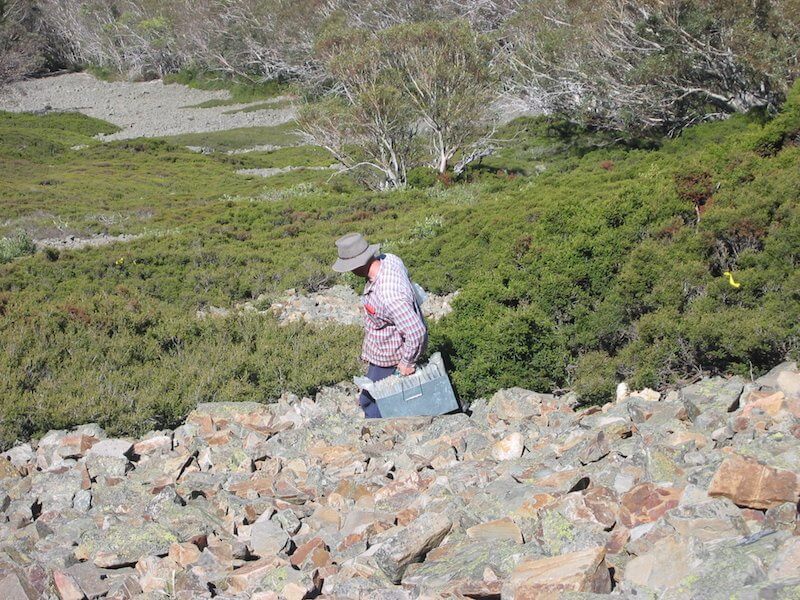
In the years between 1949 (when the first ski rope tow was installed) and 1996 (when the first possums were discovered at Mt Buller), Mount Buller Ski Resort grew in popularity and more ski runs and facilities were added to service the demand. This meant that the boulder field connections between the girls up high and the boys down below were unknowingly being cut off. For the males to take the giant leap to mate with the females, they needed to leave the shelter and protection of the rocks and cross open areas for their month of passion. This exposed them to predators such as feral cats, foxes and dogs.
Mt Buller Mt Stirling Resort Management and the Buller Ski Lifting Co set about rebuilding and reconnecting these fragmented pockets of habitat by laying rock-filled tunnels and culverts, along with diverting snowmobile routes and banning the grooming of boulder fields during winter. Additionally, they worked on enhancing the existing habitat with weed control and revegetation efforts for the Mountain Plum Pine and Bogong Moth (a key food source) habitat.
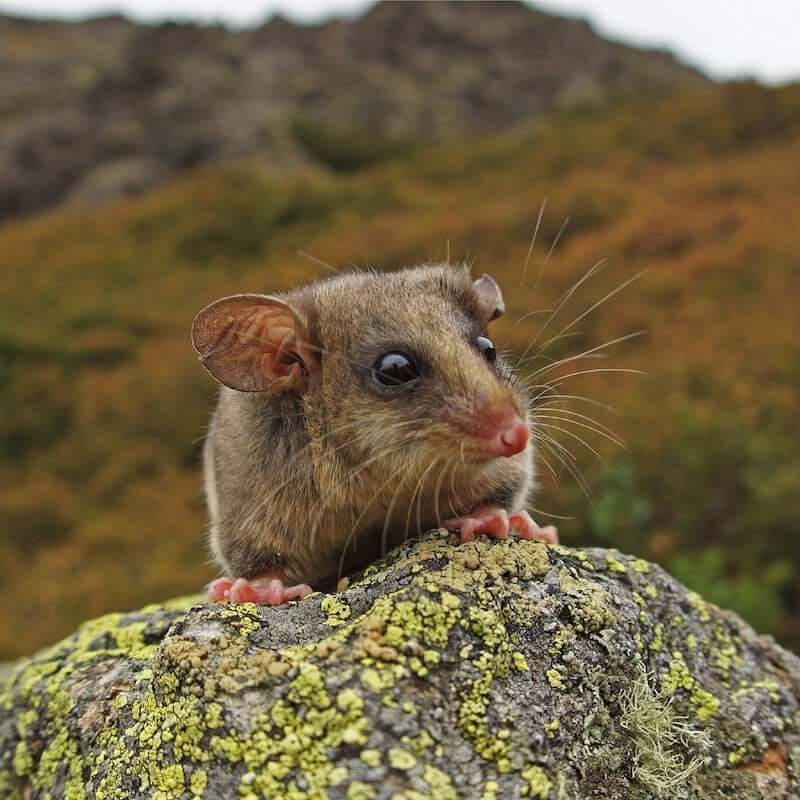
3. Predator Control
The third part of the strategy in bringing back the Mountain Pygmy Possum has been to deal with the predator issue. It’s a combination of control, monitoring and analysis. Since commencing, they’ve removed over 200 feral cats, conducted over 780 fox bait days, removed several wild dogs, a few deer and collected over 300 scats per year. Analysing the poo (and stomach contents) of predators helps determine current impacts, directs changes to the program and ultimately, indicates success.
In addition, the Resort has a strict no cat policy and on Mt Buller dogs must have a permit and be kept on a lead at all times outdoors.
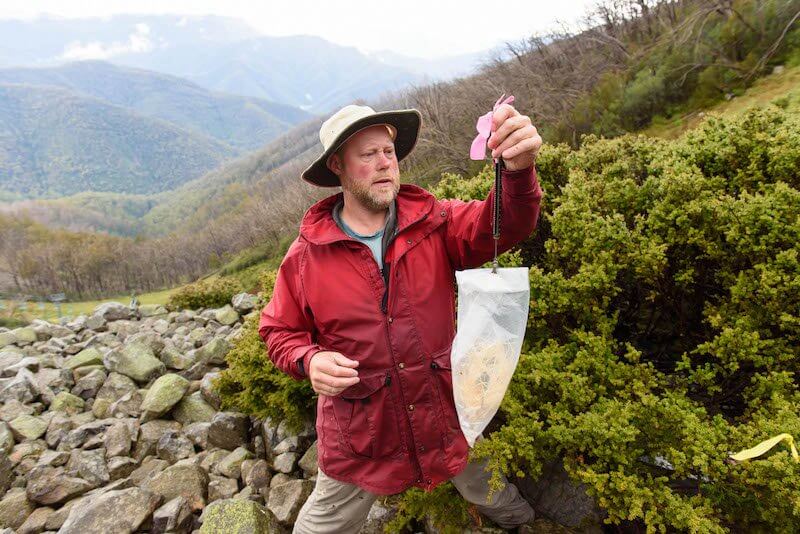
Mountain Pygmy Possums Program success
Like that moment in the movies when the hero looks up to see a helicopter overhead or rescuers running towards their weary and broken body, Mt Buller’s known Mountain Pygmy Possums now number over 166. With careful monitoring, education programs and continued efforts on habitat revegetation and predator control, their future is very bright indeed.
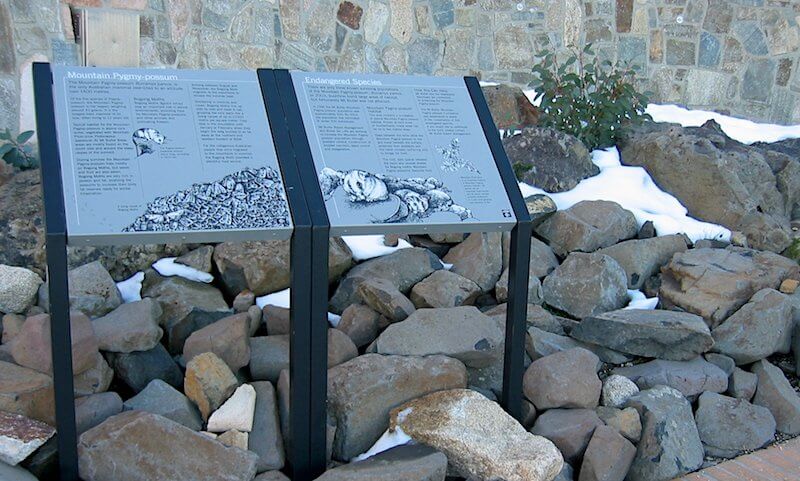
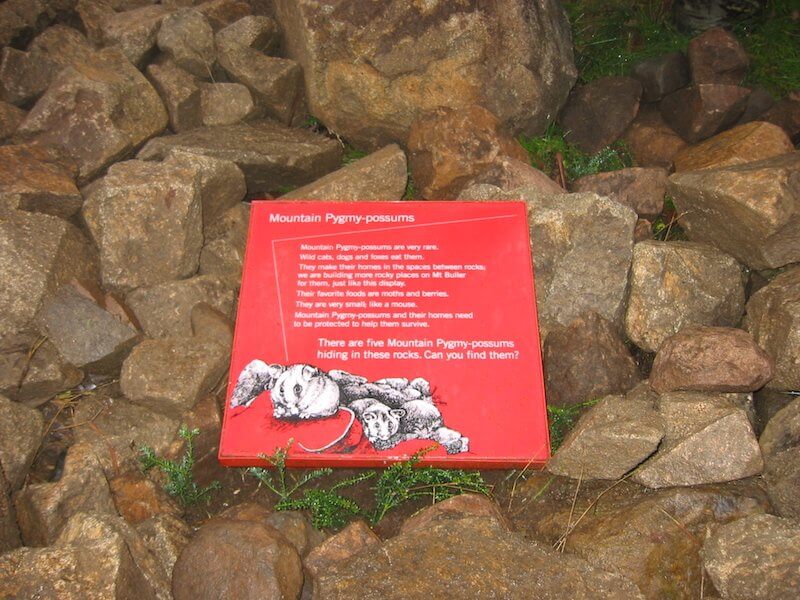
Caro travelled with the assistance of Tourism North East and Mount Buller Mount Stirling Resort.

